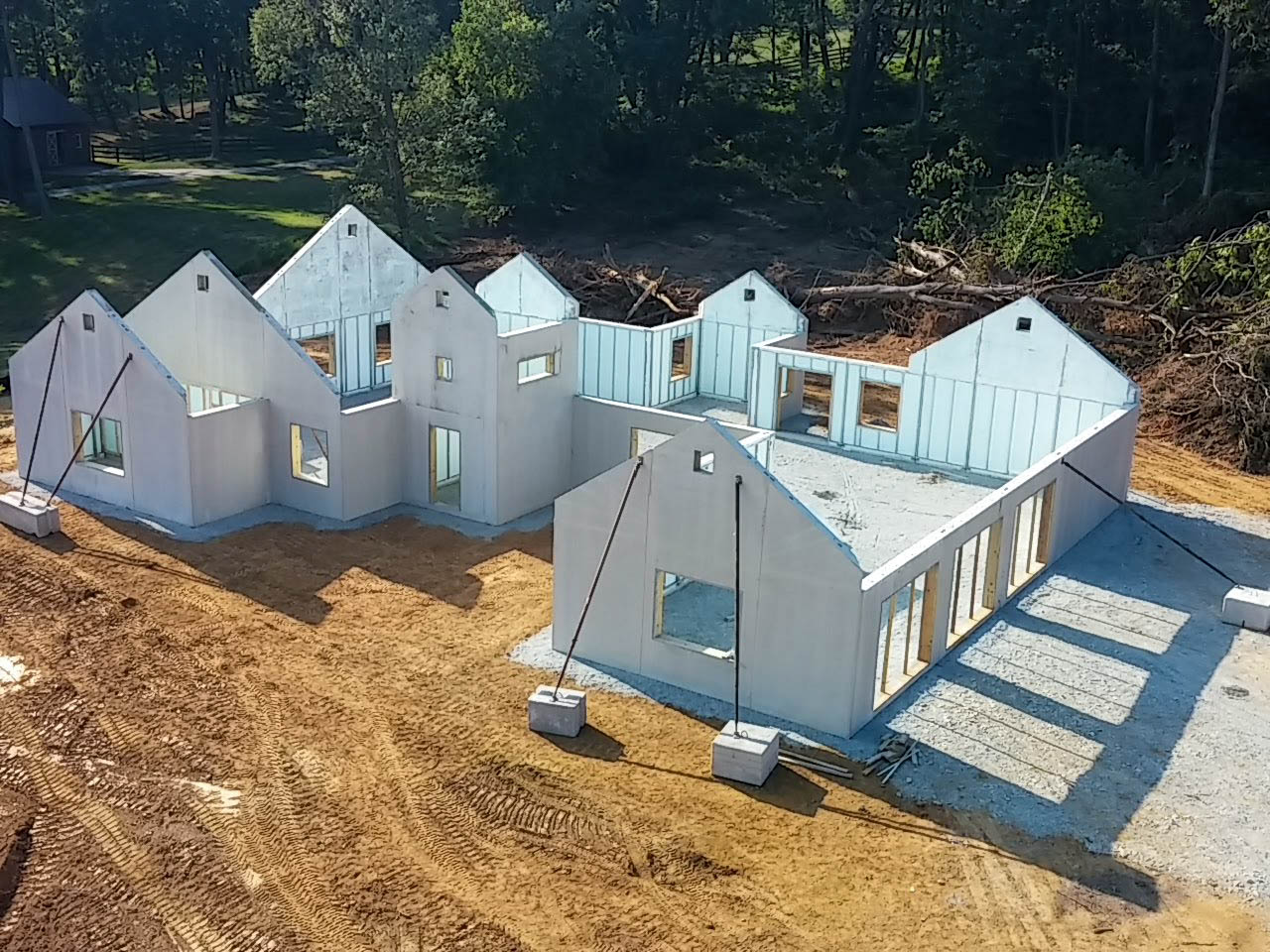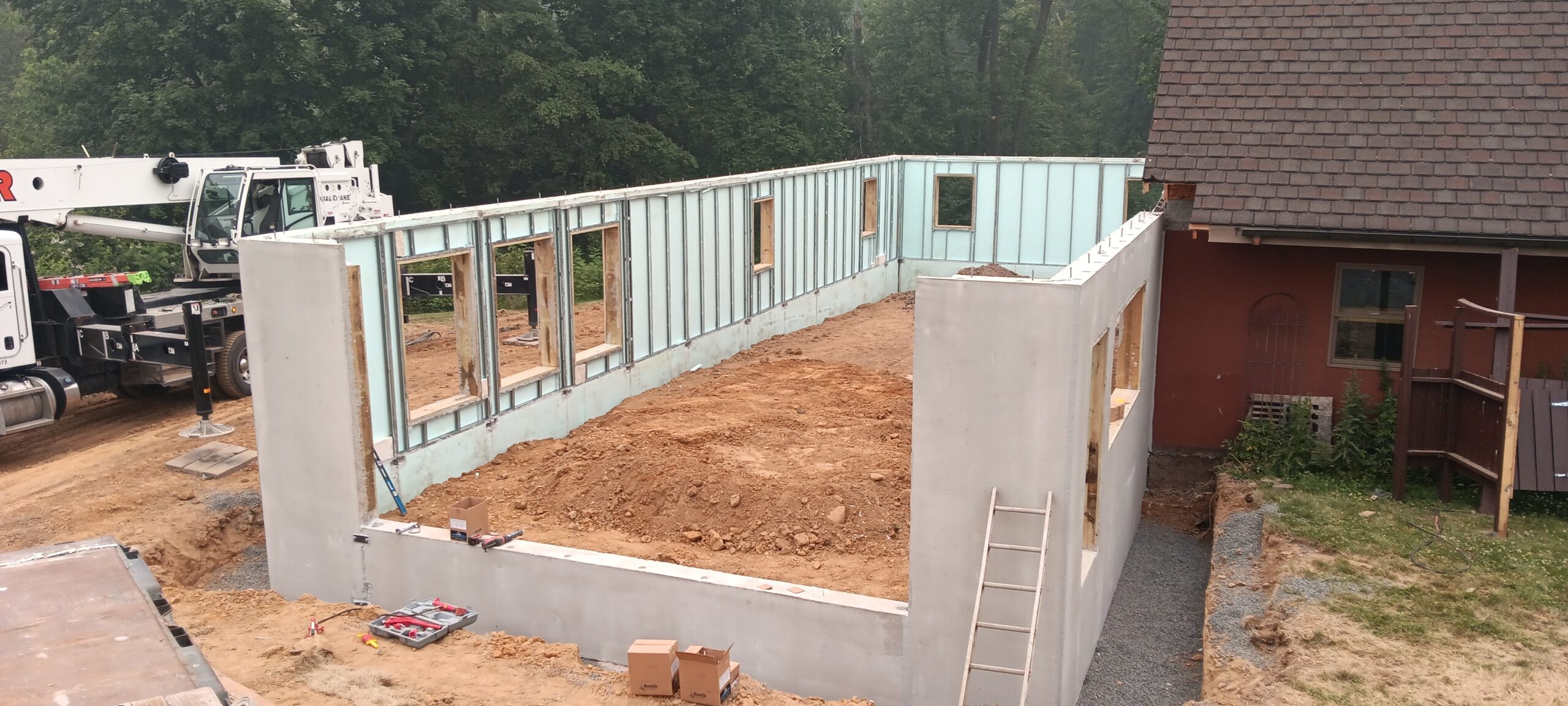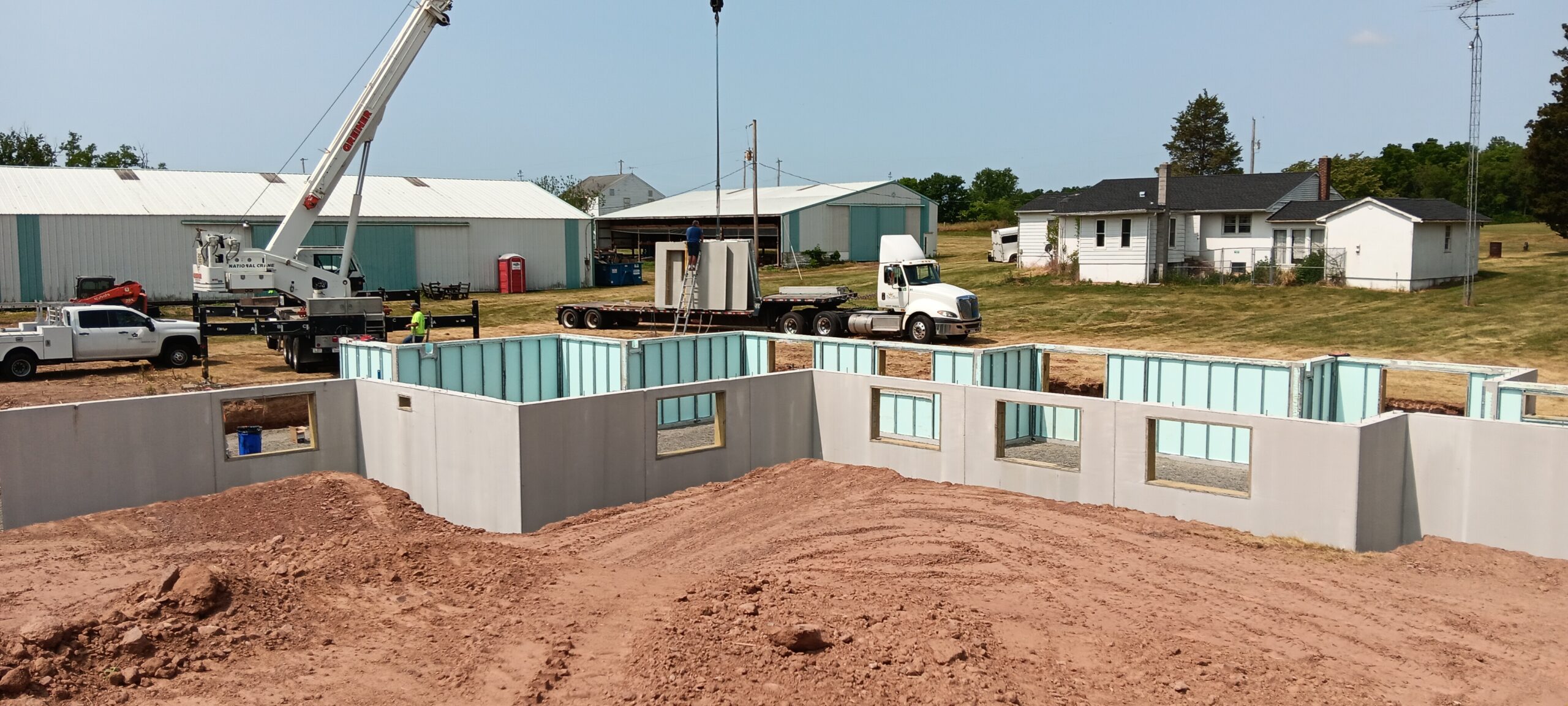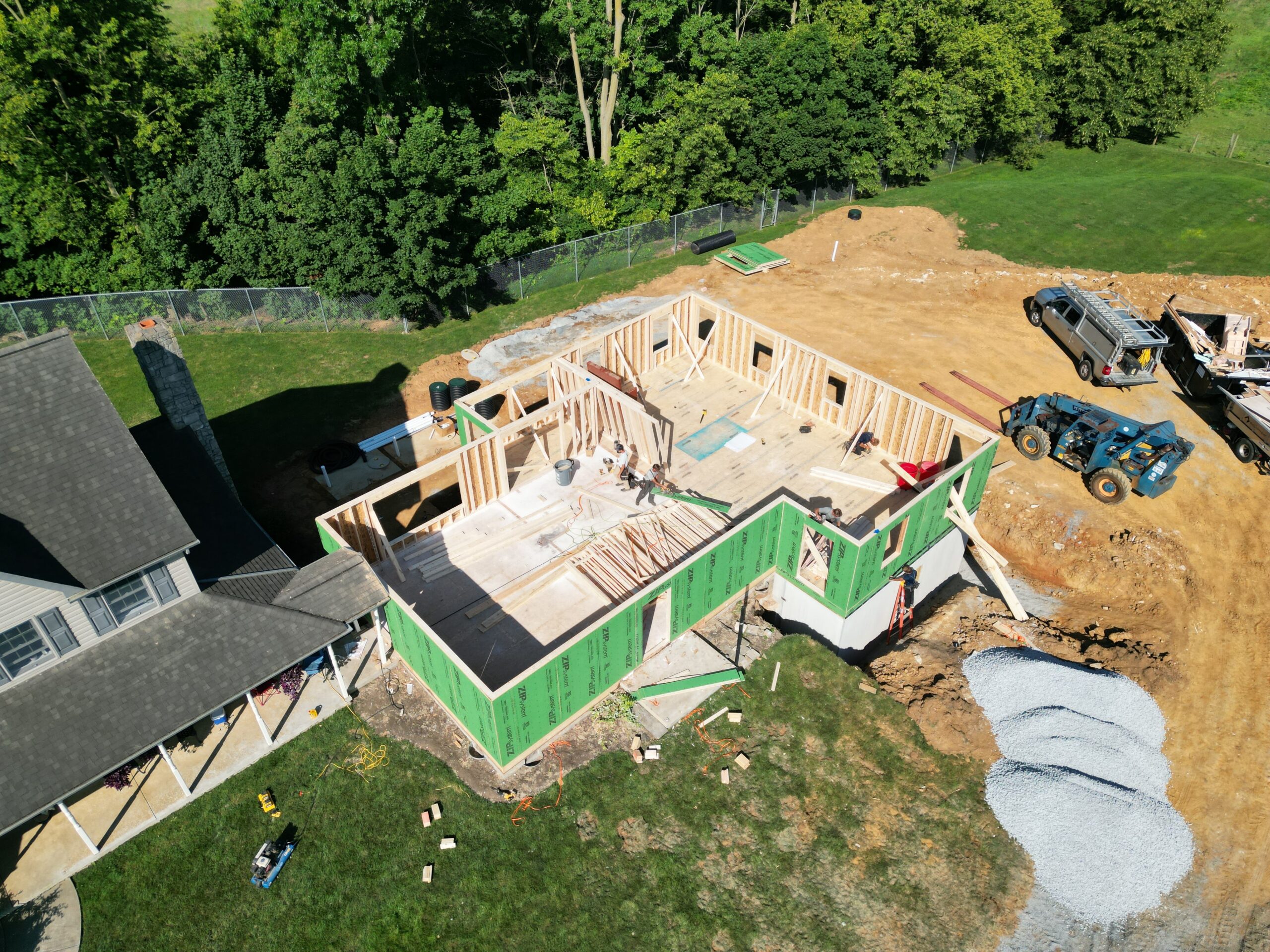When it comes to building a strong and durable foundation for your house, one material that stands out is concrete precast. Concrete precast foundation systems offer numerous advantages over traditional poured-in-place concrete foundations. They are quicker to install, more cost-effective, and provide excellent structural integrity. In this comprehensive guide, we will walk you through the steps of building a house foundation with concrete precast, highlighting its benefits and considerations along the way.
Concrete precast, also known as precast concrete, is a construction method where concrete elements are cast in a controlled environment, typically a factory, and then transported to the construction site for assembly. These precast components can be walls, beams, columns, and, of course, foundation elements. Precast concrete is renowned for its quality, consistency, and durability.
Advantages of Using Concrete Precast for Foundations
Before delving into the process of building a house foundation with concrete precast, let’s explore the key advantages of choosing this method:
1. Speed of Construction
One of the most significant advantages of using concrete precast for your house foundation is the speed of construction. Precast elements are manufactured off-site, allowing for parallel work at the construction site. This can significantly reduce construction time compared to traditional in-situ concrete pouring, which is highly dependent on weather conditions and curing times.
2. High Quality and Consistency
Precast concrete elements are produced in a controlled factory environment, where conditions are optimized for quality and consistency. This means you get uniform and high-quality foundation components that meet or exceed industry standards.
3. Cost-Effective
While the initial cost of precast components may seem higher than traditional methods, the overall cost is often lower due to faster construction, reduced labor requirements, and minimal material wastage. Additionally, the long-term durability of precast concrete can save you money on maintenance and repairs.
4. Durability
Concrete is known for its exceptional durability, and precast concrete is no exception. Precast foundation elements are designed to withstand the test of time, providing a sturdy and reliable base for your house.
5. Design Flexibility
Concrete precast allows for a high degree of design flexibility. Precast elements can be customized to meet your specific architectural and engineering requirements, ensuring your foundation is not only functional but also aesthetically pleasing.
Now that we’ve highlighted the benefits, let’s dive into the steps involved in building a house foundation with concrete precast.
Steps to Build a House Foundation with Concrete Precast
1. Site Preparation
Before any construction can begin, the construction site must be properly prepared. This involves clearing the area of debris, excavating the ground to the required depth, and creating a level and stable base for the foundation.
2. Foundation Design and Engineering
The next step is to design the foundation based on your house’s specifications and local building codes. This design phase includes selecting the appropriate precast concrete elements, such as footings, piers, and wall panels, and ensuring they are properly sized and reinforced to support the load of the structure.
3. Manufacturing Precast Elements
Once the foundation design is finalized, the precast elements are manufactured in a factory. These elements are cast using high-quality concrete mixtures and reinforced with steel bars as needed. Quality control measures are implemented throughout the manufacturing process to ensure the elements meet the required standards.
4. Transportation to the Construction Site
After manufacturing, the precast elements are transported to the construction site. Careful planning and logistics are essential to ensure that the elements arrive on-site in the right sequence and without damage.
5. Foundation Assembly
With the precast elements on-site, the foundation assembly can begin. This typically starts with the installation of the footings and piers, which provide support for the walls. The precast wall panels are then carefully positioned and secured in place using appropriate connectors.
6. Connection and Sealing
Proper connection and sealing are crucial to ensure the foundation’s integrity. The joints between precast elements are sealed to prevent water infiltration and to maintain structural stability.
7. Backfilling
Once the foundation is assembled and sealed, backfilling is done to secure the walls in place and provide additional support. Proper compaction of the backfill material is essential to prevent settling and ensure long-term stability.
8. Waterproofing and Insulation
To protect the foundation from moisture and temperature variations, waterproofing and insulation materials are applied. This step is critical for maintaining a dry and comfortable living space in your house.
9. Final Inspections
Local building authorities will conduct inspections to ensure that the foundation is built according to the approved plans and meets all safety and code requirements. It’s essential to have all necessary permits and inspections in place to avoid potential issues in the future.
10. Building on the Foundation
Once the foundation is completed and approved, you can proceed with the construction of the rest of your house. The precast foundation will provide a solid and reliable base for your structure.
Considerations and Tips
While building a house foundation with concrete precast offers many advantages, there are some important considerations to keep in mind:
1. Site Conditions
Site conditions, including soil type and groundwater levels, can impact the design and construction of your foundation. It’s essential to conduct a thorough site assessment to address any site-specific challenges.
2. Proper Installation
Proper installation of precast elements is crucial to ensure the foundation’s structural integrity. This should be carried out by experienced professionals who are familiar with precast construction methods.
3. Building Codes and Permits
Compliance with local building codes and obtaining the necessary permits is non-negotiable. Failure to do so can result in costly delays and legal issues.
4. Waterproofing and Insulation
Invest in high-quality waterproofing and insulation materials to protect your foundation and create an energy-efficient home.
5. Maintenance
While precast foundations are durable, regular maintenance is still required to ensure they remain in excellent condition. This includes periodic inspections and addressing any issues promptly.
Should you Build Your NEw Home With Concrete PRecast?
Building a house foundation with concrete precast offers a host of benefits, including speed, quality, cost-effectiveness, and durability. By following the steps outlined in this guide and considering the key tips and considerations, you can ensure that your foundation provides a solid base for your dream home.
If you’re planning to build a new house or renovate an existing one, consider the advantages of concrete precast for your foundation. Not only will you enjoy a robust and long-lasting foundation, but you’ll also benefit from a faster construction process and potential cost savings in the long run. Choose the reliability and efficiency of concrete precast for a strong foundation that will support your home for generations to come.




